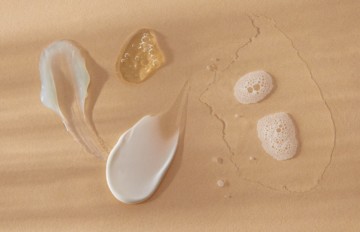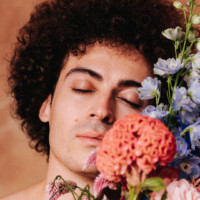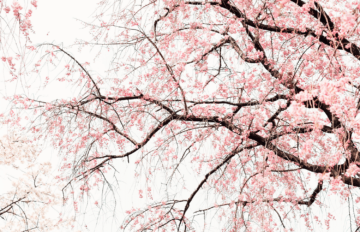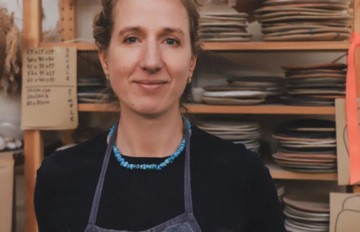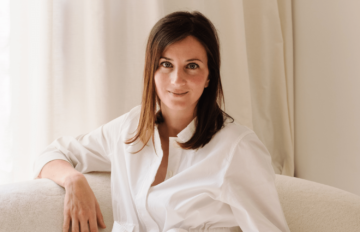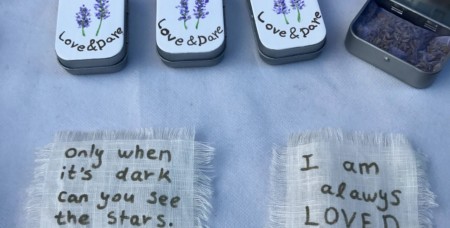
Lessons from Flowers, learning the way of the Flower #2 : The Bougainvillea
We all look at flowers and see their beauty, their color, their delicate but strong shapes and magnificent aromas. Flowers are given for any occasion and can bring a smile or a tear to a face with swiftness. Flowers are beloved and something that always seems to represent the divineness of life itself. Today we will discover and treasure the bounty of the Bougainvillea.
What can the Bougainvillea reveal to us? Let us begin with its history. A vibrant and strong sub-tropical native vine that was first discovered in Rio de Janeiro by Jeanne Baret, an explorative botanist and a woman.
However, its discovery has a few more twists, just as the vines of the Bougainvillea grow. First, one can clearly see it is not named after Baret, she may have been the one to find it, but during this period of her first New World Voyage she had disguised herself as a man (for two years’ time) – and was actually the assistant to the head botanist on board: Philibert Commerson. The voyage was led by Admiral Louis Antoine Bougainaville (who the vine was eventually named after), who was the first Frenchmen to circumnavigate the globe in the mid 1700s. After Baret pretended to be a man for two years, Commerson identified her as a woman and was going to expose her to the Admiral and the 300+ hardened sailors but Baret pleaded and begged for protection and secrecy in exchange for the botanical perpetuity that Commerson and Admiral Bougainvillea would receive from her bountiful discovery. Commerson agreed and she stayed on the ship for another year as a ‘man’. A colorful story, that speaks to the physical ability the Bougainvillea’s has to change the color of its flower bracts depending on the seasons blossoming, the weather and other known/unknown properties, just as the discoverer Jeanne Baret did.
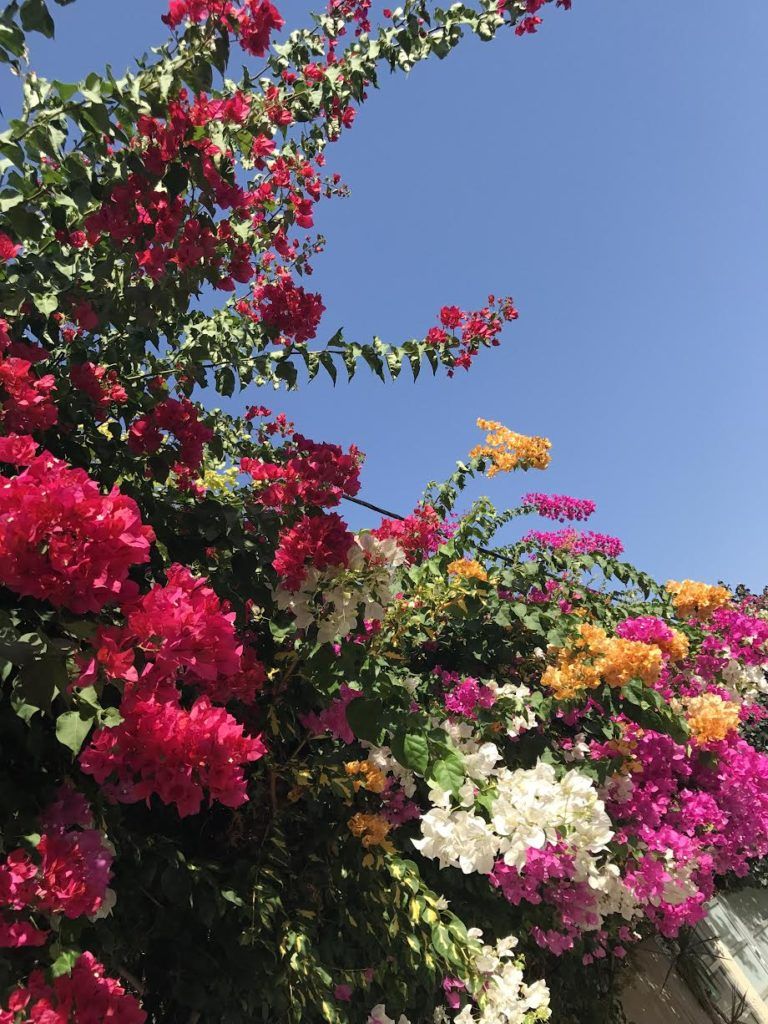
There are a few more unexpected surprises that the Bougainvillea has to offer. The Bougainvillea comes in every color under the sun, except for blue. Ranging from reds to fuchsia, white to orange and so on. And we already know that one vine can change its blossoming color depending on a variety of exponents, but it can also change colors in just one day! One could say it is a metaphor for a vine with many skin-tones and the ability to shift and appreciate all ‘colors of life.’
Another one of its deeper meanings is; in many cultures the Bougainvillea is a symbol of welcoming visitors and represents peace, beauty-in-all, and the power that this sentiment has to encourage unity and partnership. You can see this union illustrated within the intertwining of the roots, trunks, stems, flowers and flower bracts. Another sign of ‘opening ones doors’ or borders to others is depicted in how the Bougainvillea protects itself. The vine is actually covered in thorns, acting as barricade against ‘intruders’ but these thorns are not meant to outright harm (such as the spiky thorns of a Rose), why because they are coated with an organic wax that seeps from the vine. The Bougainvillea once again reveals a form of guise to accept all and welcome all, but also the ability to protect and honor itself in times of need or danger.
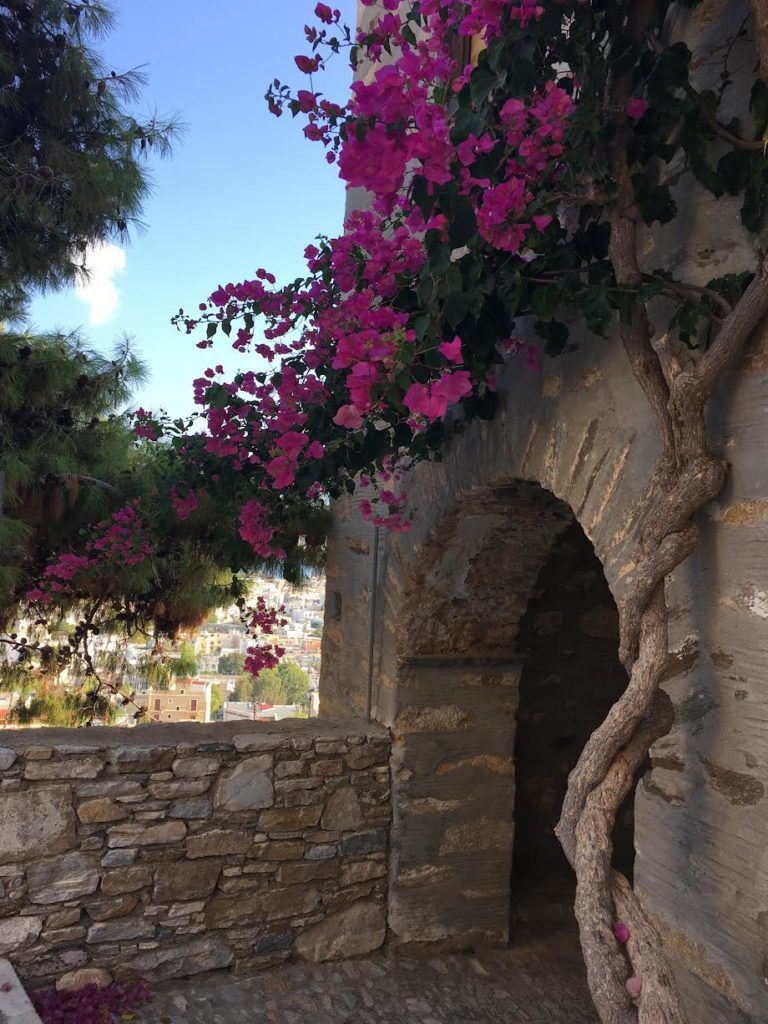
The next sweet wonder comes from the fact that the actual flower of the Bougainvillea is not the bright colored flower bracts that we see right away, but rather the very tiny white or yellow flower in the center of the flower bracts. This delight speaks to the essence of deep joy that one has the capacity to connect with. This kind of joy does not come from all the dazzling and shiny exterior aspects of life (like the bracts), but rather that true inner-joy that comes from your heart and divine Spirit.
The Bougainvillea can teach us how to see the beauty in everyone, to at times change our own appearances or perspectives to align with the greater good and perhaps even to break free from stereotypes and images that can sometimes suffocate us all. To open our hearts, doors and borders to others and find a balanced meeting ground to build unity and togetherness. This bold and auspicious vine can show us the way to embracing small joys, inner-joy, and the joy that life itself has to offer and is hiding in every moment.

Wellness Tip: The colorful flower bracts are edible and many times are used in teas or drinks to reduce inflammation, reduce mucus and soothe a sore throat.
“A huge, purple bell, with three tender flowerets in its heart, ensconced in a crown of twigs. A sunbeam fell on the purple flower and made it glow red. The whole thing looked like a tiny world in itself, a fantastic world of flower and fire, light and silence.”
Bougainvillea, saints et charlatans





